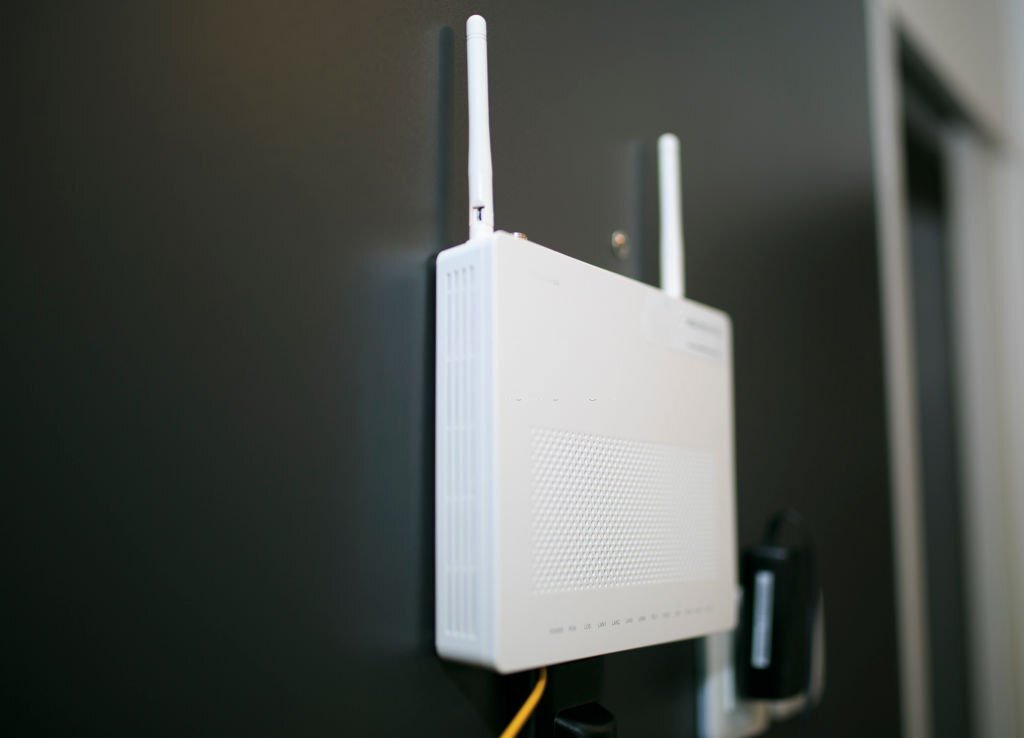The IoT Software development company has transformed the way we interact with technology. From smart homes and wearable devices to industrial automation and healthcare applications, IoT has permeated virtually every aspect of our lives. However, as the number of connected devices continues to skyrocket, so do the security risks. Securing your IoT app is of paramount importance to protect your data, privacy, and overall safety. In this article, we will explore the best practices for IoT security to ensure your connected devices remain safe and resilient in the face of ever-evolving threats.
-
Device Authentication and Authorization: When developing an IoT application, it is crucial to implement robust authentication and authorization mechanisms. Each device should be uniquely identified and authorized to access your network. Utilize secure protocols like OAuth, OpenID, or JWT (JSON Web Tokens) to verify the identity of the devices, ensuring only legitimate devices can communicate with your app.
-
Secure Data Transmission: IoT devices often exchange sensitive data, making secure communication paramount. Use encryption protocols like TLS (Transport Layer Security) to safeguard data in transit. Additionally, consider implementing a virtual private network (VPN) to create a secure and private channel for device communication.
-
Regular Software Updates: Manufacturers should regularly release software updates and patches for IoT devices to address vulnerabilities. Ensure that your IoT app can seamlessly update the firmware of connected devices, either automatically or with user consent. Encourage users to keep their devices updated to maintain a strong security posture.
-
Access Control and Permissions: Implement fine-grained access control to restrict what each device can do within your IoT ecosystem. Devices should only have access to the resources and actions necessary for their intended function. This minimizes the potential damage a compromised device can cause.







